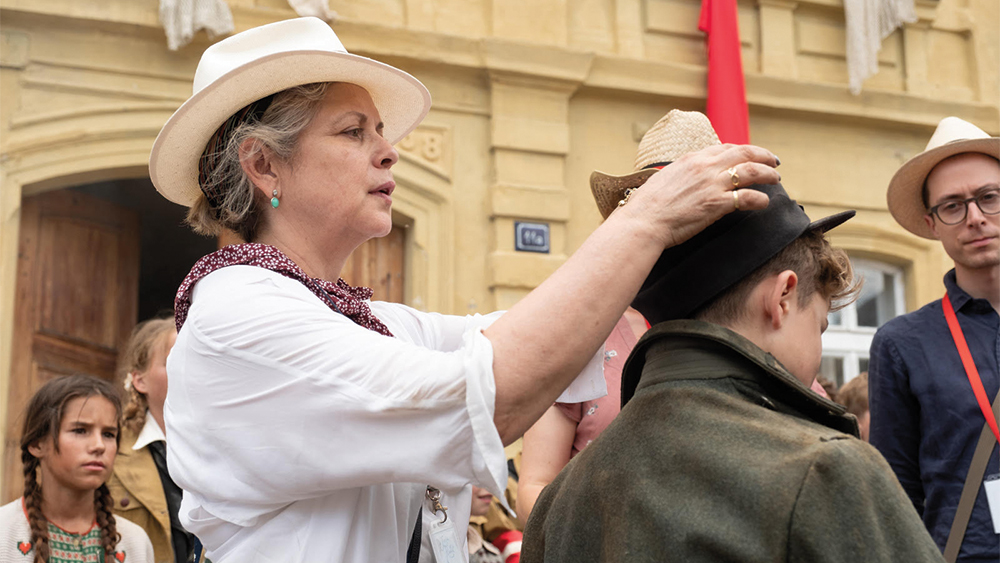Mayes C. Rubeo on Storytelling Through Costume Design
By Jazz Tangcay
LOS ANGELES (Variety.com) – This year, Mark Bridges (“Joker”), Jacqueline Durran (“Little Women”) Arianne Phillips (“Once Upon a Time in Hollywood”), Christopher Peterson and Sandy Powell (“The Irishman”) were all recognized for their work in costume design when the nominations for the 92nd Academy Awards were announced.
The name Mayes C. Rubeo was also announced that morning — making history as the first Latina to be recognized in that field. It was “a humbling moment,” she says, “but a proud one for Rubeo.
Over the years, she has worked on such diverse films as “Avatar,” “Apocalypto” and “World War Z,” collaborating with directors including James Cameron, Mel Gibson and Marc Forster, respectively, helping to create the characters the directors envisioned.
But “” is a world away from the computer-designed costumes of the Navi in “Avatar,” or even “Thor: Ragnarok,” in which she put Cate Blanchett’s villain Hela in killer heels and used motion-capture technology for her headpiece.
“Jojo Rabbit” is a world seen through the eyes of 10-year-old Adolf Hitler fanatic Jojo toward the end of WWII. His imaginary best friend is Adolf Hitler, played by director Taika Waititi. The film marks the second collaboration between Waititi and Rubeo; they previously worked together on “Thor: Ragnarok.”
Rubeo opted to dress the characters in vibrant colors, since the film is seen through the boy’s eyes, using color to symbolize the evolution of Jojo’s world view.
One significant piece of wardrobe in the film are the shoes worn by Rosie, Jojo’s mother, played by Scarlett Johansson. The two-tone brown-and-white shoes are at first a symbol of the beauty Jojo sees in his mother, the playfulness, but then they telegraph a tragedy. Waititi often lingers on the shoes in shots, or frames shots with them in view.
Rosie was someone who was inspired by artists and was “eclectic,” says Rubeo. Once she had sketched the shoes, Rubeo had them custom-made for the movie. “They serve this duality, the shoes represent this happy time, but they’re also the bearer of bad news,” Rubeo says.
In contrast, Elsa (Tomasin McKenzie), the Jewish girl hidden by Rosie in a crawl space in her house, doesn’t wear shoes. Rubeo points out that Elsa only wears shoes twice during the movie.
“Once when the Gestapo shows up, and the other when she’s leaving and is free.”
For the most part, Elsa is confined to her hiding space so her clothes are monochromatic. When it came to creating the costume that Yorki (Archie Yates) wears, that, too, evolved. At first, the Hitler Youth is wearing a proper uniform, looking sharp. But by the end of the film, as the war is concluding and Germany is losing, Yorki is fighting on the streets in a paper uniform. Rubeo made the costume out of paper and cardboard, but she also used cotton on the outfit. She made six different versions.
“We had to age that outfit. Each time we see him, he’s got battle damage to his armor, and by the end, when we find him again, he’s got nothing left, it’s just his vest,” Rubeo says.

